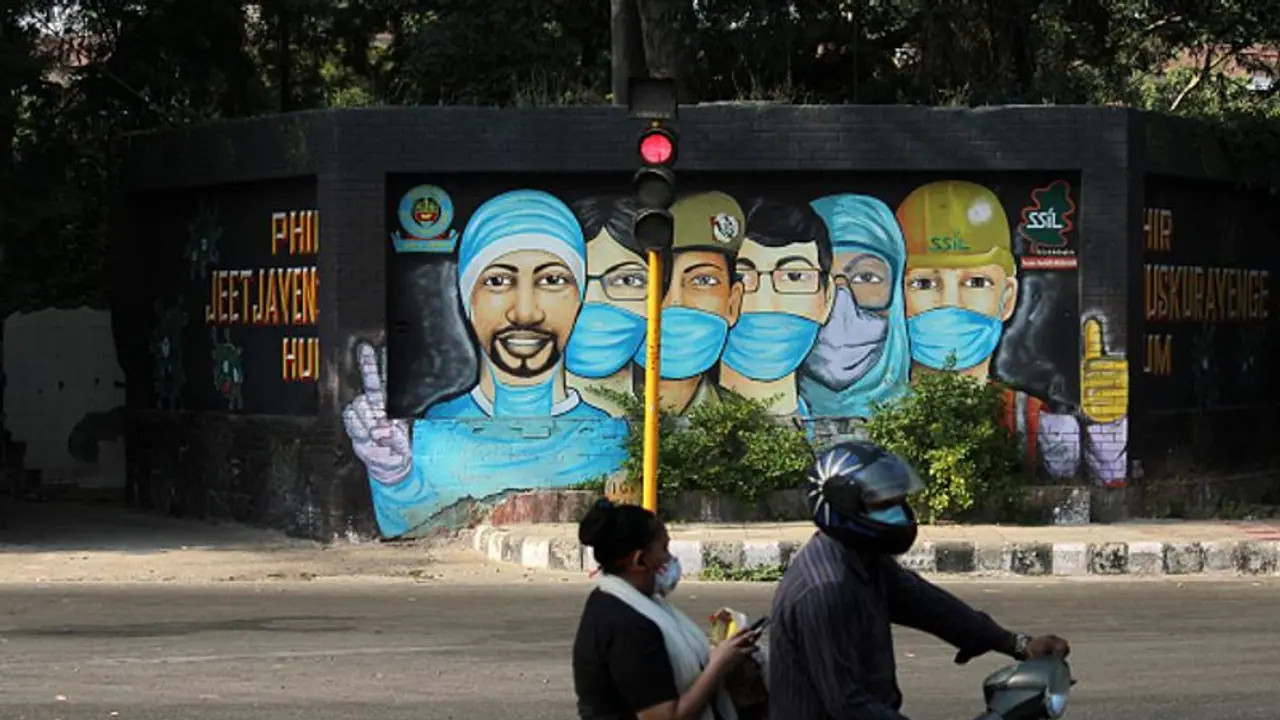According to the Pew Research Center, the Indian middle class has shrunk by about 32 million people while the low-income tier grew by 72 million people.
Through the Coronavirus pandemic over the last one-and-a-half years, much has been spoken of the impact the virus has had on the lives and livelihoods of millions of Indians, especially migrants. But there is another section of society that too bore the brunt of the pandemic -- the Indian middle class.

According to the World Bank and the Pew Research Center, the middle class makes somewhere between $10 to $20 (nearly Rs 1,500) a day. For convenience sake, the terms middle income and middle class are used interchangeably by economists even though the latter has many more social connotations attached to it. The middle class forms a bulk of the world's population. In India, it comprises a very important section of people who are counted among the regular workforce, especially in the realm of services.
How has Covid-19 affected the middle class?
The Covid-19 pandemic has globally pushed many out of the middle class and into the low-income groups, and within the poverty line. It is important to note the boundaries here are cursory since an individual living a point above the poverty line would not be counted as low income in terms of quality of life and according to global standards.
Data suggests that the Indian economy was already decelerating pre-pandemic that led to a lack of savings as a buffer against the crisis that hit. Now, in a full-blown recession, the Pew Research Center claims that the middle class has shrunk by about 32 million people while the low-income tier grew by 72 million people in India. Both account for 60% of the global reduction in the middle class and 60% of the global rise in the low-income tier.
The middle-class fight against the pandemic
According to the World Bank, in April 2020, India's economy was projected to see a resurgence. But a second wave emerged and brought devastation that the country is still struggling to cope with.
The middle class that bore the brunt of the devastating second wave has struggled, using their meagre savings to pay for the hefty hospital bills. The lack of financial aid from the Centre was another lament. The country's poverty rate, which was earlier forecasted by the Pew Research Center to only rise by 4.3%, has actually risen by 9.7%, and before the pandemic, about 1.2 billion of the population was in the global low-income tier.
During the pandemic, the government exempt the middle class from interest on home loans of a fixed amount for their houses. However, more financial aid along with healthcare is imperative at this time.
What is the forecast?
The Pew Research Center stated that before the pandemic, about 99 million individuals in India would be part of the global middle class. That number has now been slashed by a third at 66 million, whereas the number of poor in India is expected to reach 134 million. That's double of what was expected before the pandemic.
The income inequalities have also increased due to the onset of poverty and unemployment as can be seen by the high levels of participation in MNREGA, the rural employment scheme. It is imperative, now more than ever, to put people first and move toward long-term welfare-based policies, especially to combat the overwhelming effects of the pandemic.
NOTE: Asianet News humbly requests everyone to wear masks, sanitize, maintain social distancing and get vaccinated as soon as eligible. Together we can and will break the chain #ANCares #IndiaFightsCorona
